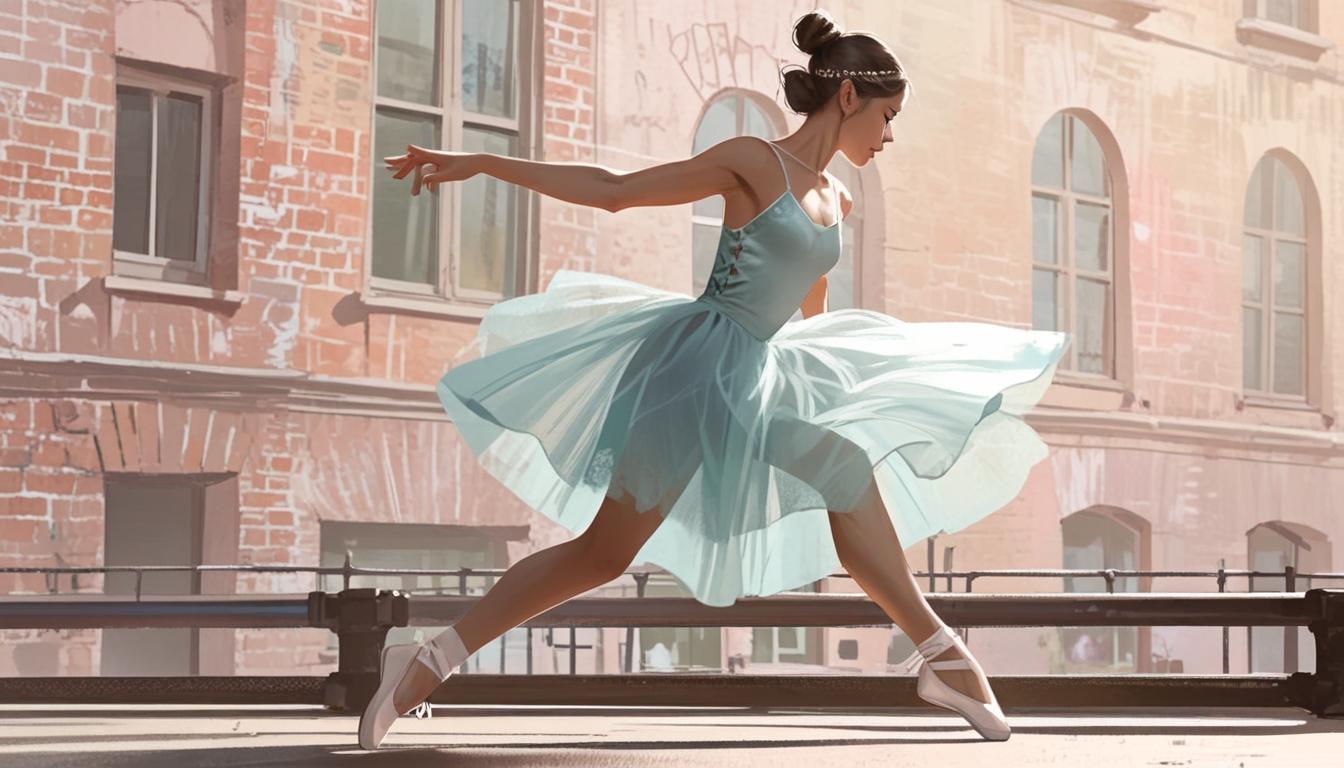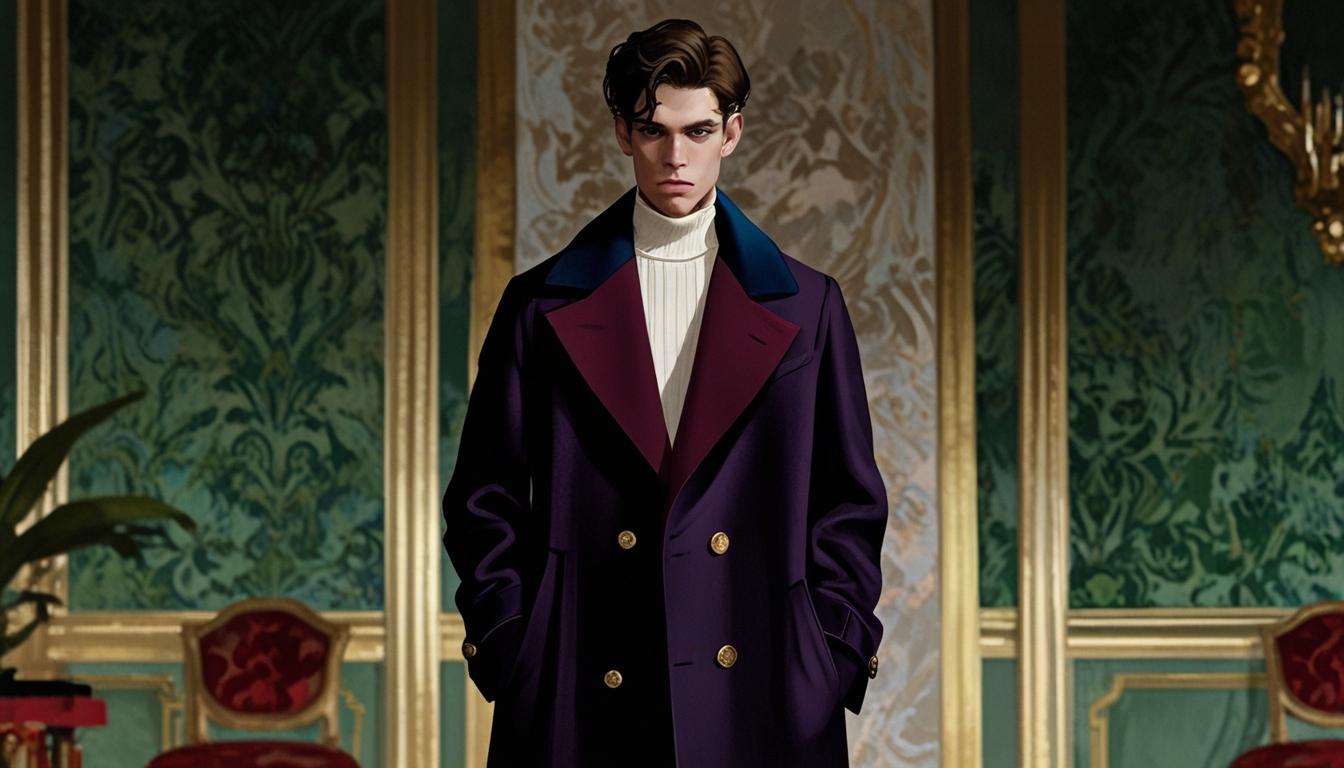London: The balletcore trend merges elegance and modern style, drawing from ballet’s rich history and influential figures. Consumers embrace comfort without compromising on aesthetics, incorporating lace-up flats and layered styles that reflect the artistry of dance into their everyday wardrobes.
In recent months, a fashion trend known as “balletcore” has captured the imagination of many consumers, drawing inspiration from the world of ballet. The style reflects the grace, poise, and strength associated with ballet dancers while making it accessible for everyday wear. Inspired by the enduring allure of ballet’s aesthetic, balletcore encapsulates a fusion of comfort and style that permits fashion enthusiasts to embody a dancer’s elegance.
The origins of ballet date back centuries, but the modern fascination with ballet-inspired fashion can be traced to pivotal developments in the 19th century. Notably, ballerina Marie Taglioni played a significant role in popularising the romantic tutu in 1832, a multilayered skirt that revolutionised ballet costumes. During the 1870s, the tutu underwent a transformation in Tchaikovsky’s “Swan Lake,” when it was shortened to highlight the dancers’ athleticism.
French impressionist artist Edgar Degas became synonymous with ballet during this period, capturing dancers in over 1,500 works, thus cementing their place in art and fashion history. The introduction of the leotard by acrobat Jules Leotard in the 1880s further shaped the narrative of ballet attire, creating a standard that persists in American ballet culture today.
The 20th century saw significant developments in ballet fashion, largely influenced by choreographer George Balanchine, who was instrumental in promoting rehearsal wear. His efforts led to the contemporary blending of street style and ballet fashion—central to the balletcore movement. Sarah Villella, manager and buyer at Narcissus, commented on this shift, stating, “Balletcore allows us as fashion consumers to dress like we’re on stage.”
Among the trending items in balletcore are lace-up ballet flats, typically associated with dancers. Villella noted that brands like Loeffler Randall and For Love and Lemons provide options that embody this hybrid style, from mesh crystal ballet flats to cardigans adorned with bows.
Furthermore, the aesthetic draws on the dramatic elements synonymous with dance performances, encouraging fashion aficionados to invest in pieces featuring drop-waist silhouettes, tulle skirts, puff sleeves, and embellishments like sequins and pearls. Maria Hurst, owner of Gypsy Rose Boutique, endorsed the trend by stating, “Balletcore is the ultimate feminine look while maintaining comfort and style.” She emphasised the importance of breathable fabrics, promoting jersey, cotton, and cashmere as excellent choices for capturing the essence of balletcore.
The palette of balletcore tends to lean towards monochromatic tones of black, beige, and pink, occasionally incorporating soft pastels or bolder hues like bright red and deep purple. Hurst further suggested styles that allow for movement and flexibility, whether it be through joggers or layered outerwear.
As balletcore continues to grip the fashion landscape, it stands as a testament to the timeless nature of ballet’s influence, illuminating how the artistry of performance can permeate contemporary style. When executed with care and consideration, the balletcore look can indeed leave a lasting impression, reminiscent of balletic icons such as Anna Pavlova and Misty Copeland.
Source: Noah Wire Services



